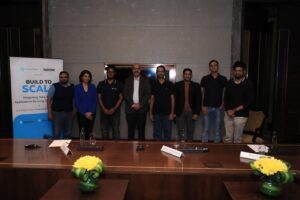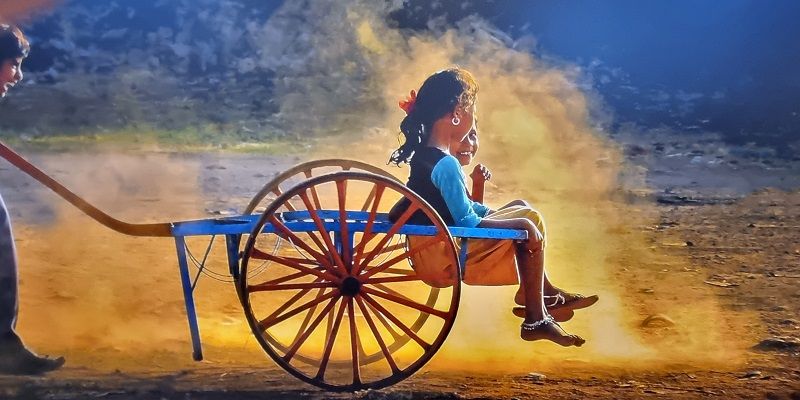
Launched in 2014, PhotoSparks is a weekly feature from YourStory, with photographs that celebrate the spirit of creativity and innovation. In the earlier 715 posts, we featured an art festival, cartoon gallery. world music festival, telecom expo, millets fair, climate change expo, wildlife conference, startup festival, Diwali rangoli, and jazz festival.
Established in 1971, the Youth Photographic Society (YPS) has built a strong community of photography enthusiasts through a range of workshops, discussion forums, exhibitions, online platforms, and photo tours. Visual Voyages, their annual exhibition, was held recently at Karnataka Chitrakala Parishath in Bengaluru.
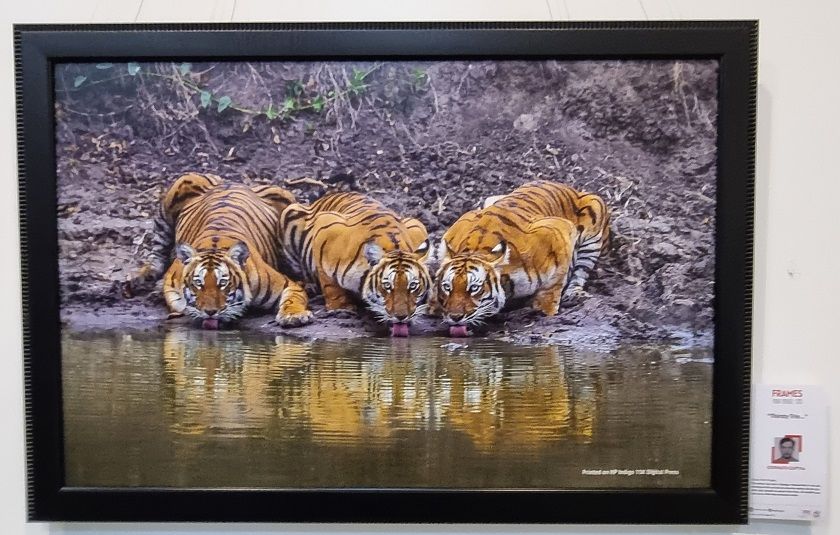
Manju Vikas Sastry serves as YPS President, while Shreyas Rao is the treasurer. Both actually have full-time roles at Webron and Zeiss, respectively, but photography is a major passion.
“YPS activities focus more on the artistic side of photography, though other forms such as product photography and photo-journalism are also addressed,” Sastry tells YourStory.
YPS holds meetups each month and has been celebrating World Photography Day since 1999. See YourStory’s compilation of proverbs and quotes on the occasion of World Photography Day, World Environment Day, Earth Day, and World Oceans Day.

In this photo essay, we share more highlights from the annual YPS exhibition (see Part I of our coverage here). “We had over 500 visitors at our exhibition, which is now in its third edition,” Sastry says.
Each participant submitted four photographs, out of which one was selected by a panel for the exhibition. Over 70 photographs were finally chosen for the 2023 exhibition.
YPS has 335 life members and over a thousand regular members. “Sixty percent of these are active members and participate regularly in our activities,” Sastry says.

Meetups are held on the first and third Saturdays of the month at the Yavanika State Youth Centre in Bengaluru. Activities include knowledge-sharing sessions, open houses, and workshops on topics like macro photography (eg. insect close-ups).
“We are organising international photography tours for our members in September and October, to Vietnam and Cambodia,” Sastry says.
YPS has partnered with the Karnataka Forest Department, Department of Tourism, and Department of Youth Empowerment for a range of activities. This includes workshops, contests and awards on topics like bio-diversity. Fundraising exhibitions have been organised for the Rotary Club of Bangalore.
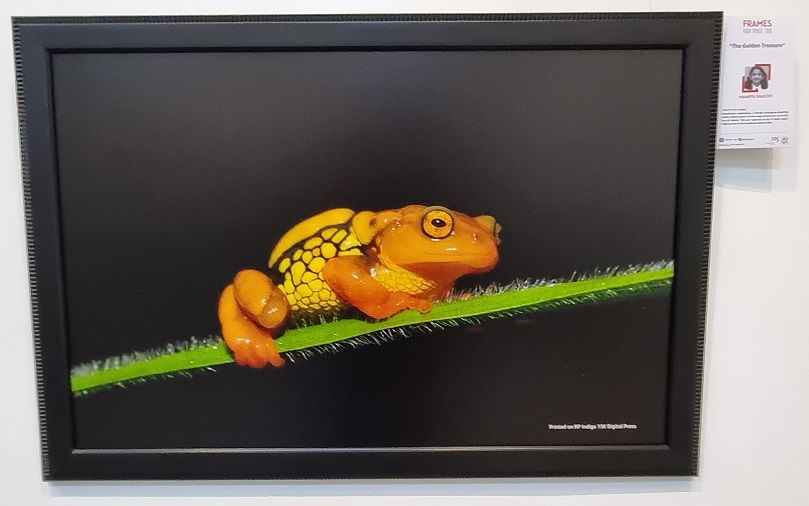
As trends in the field, Sastry points to the increasing use of technologies like AI, particularly generative AI. “AI can be used in two ways – to merge existing photographs and create a new image, or create an entirely new image based on a storyboard and then using images from the Web,” he explains.
“Each of these methods has a different role played by the artist’s photographic works. Many photography societies are trying to define where they stand when judging these factors during awards and competitions,” Sastry adds.
The AI impact on photography is a hot topic of discussion at the International Federation of Photographic Art, Photographic Society of America, Royal Photographic Society, and Global Photography Union, among others.
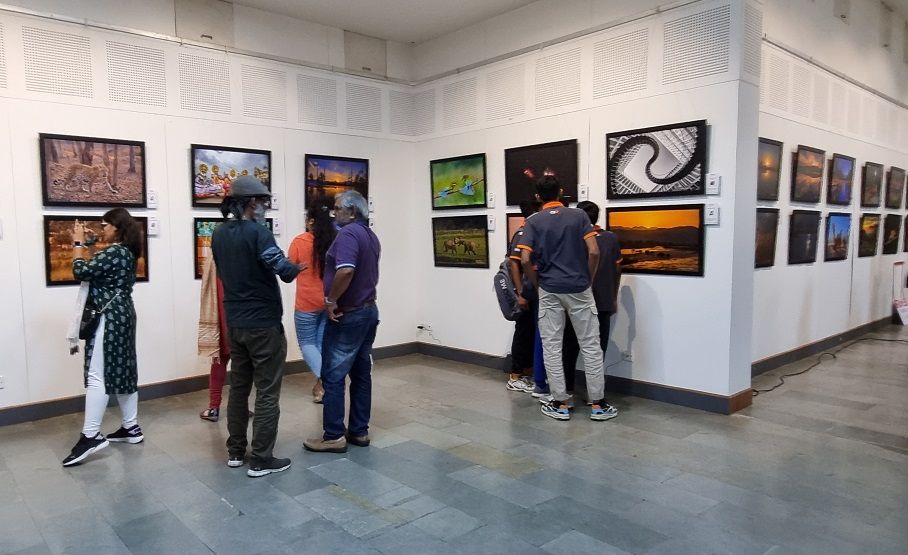
Sastry categorises photography interest groups at YPS into three types: salons (exhibitions), street photography, and macro photography. The Junior Associate Programme is open to students aged 12-18.
“Photography is a form of storytelling. It is an interpretation of the thoughts of artists,” Sastry says, explaining his personal connection to photography.
“A good photograph should speak for itself. It need not have a caption as explanation,” he adds.
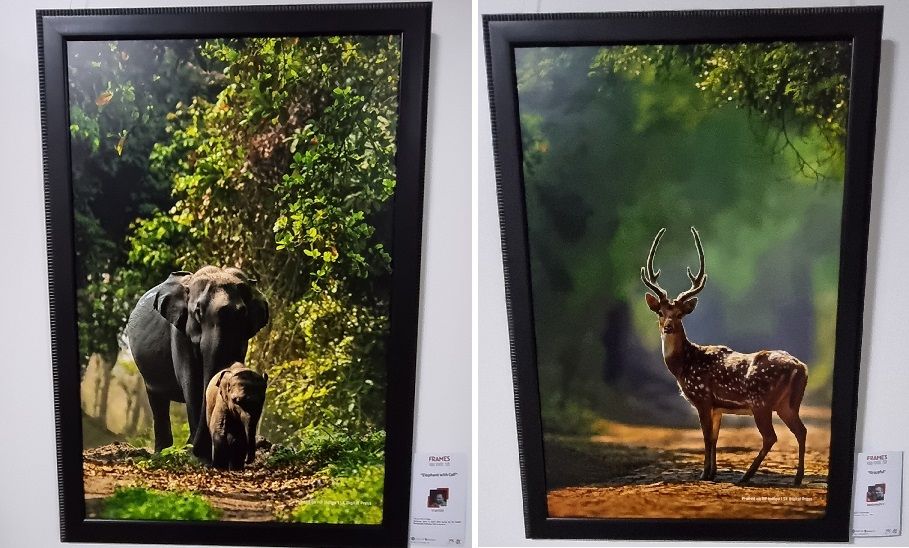
“Photography is an amazing art form to create memories from reality. It also brings this reality to those who were not present at the place and at that specific time,” adds YPS treasurer Shreyas Rao.
YPS has organised a number of exhibitions at the national level, and an international exhibition is planned for early December at Karnataka Chikrakala Parishath. The calendar for 2024 is filling up, with a convention for the Federation of Indian Photography lined up in March.
“In India, the number of people who have taken up photography has increased significantly,” he observes. The quality of photographs taken on smartphones has improved significantly, making it easy to do travel photography, landscapes, and street photography.
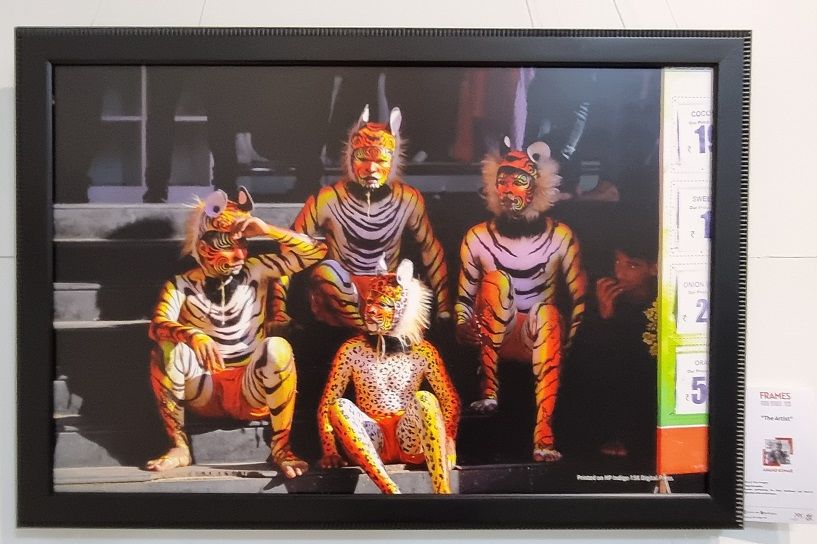
“Many mobile cameras even allow shooting in RAW format. The photos are of high quality, contain more details, and can be printed in large formats,” Rao explains. Other trends are mirrorless cameras, which are easier to carry around.
“There are mixed feelings today about AI’s impact on photography. We need to know what is shot and what is not when evaluating photographic creativity,” he observes.
“AI is still not good enough on many fronts, especially for image details around the eyes and their expressions. In competitions, especially where AI is expressly forbidden, it may be difficult to differentiate what changes were brought in via AI,” he cautions.
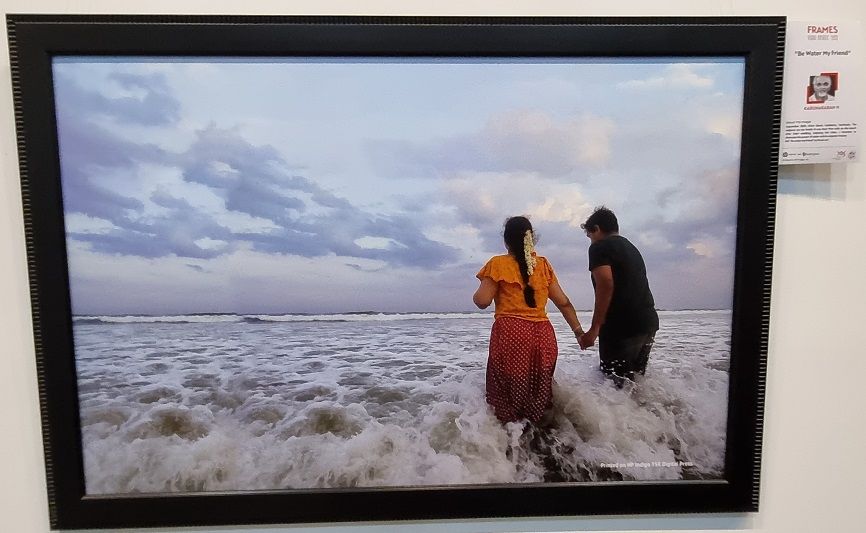
“Know your equipment well so that you can quickly adjust to the changing lighting, conditions, especially in dynamic situations like wildlife photography and sports photography,” Rao suggests, as advice to aspiring photographers.
“Shoot more to learn more – there is no shortcut to practice. Continue learning and following the masters – the experience they have had over time and across different systems is invaluable,” Rao signs off.
Now what have you done today to pause in your busy schedule and showcase the breadth of your creative side?
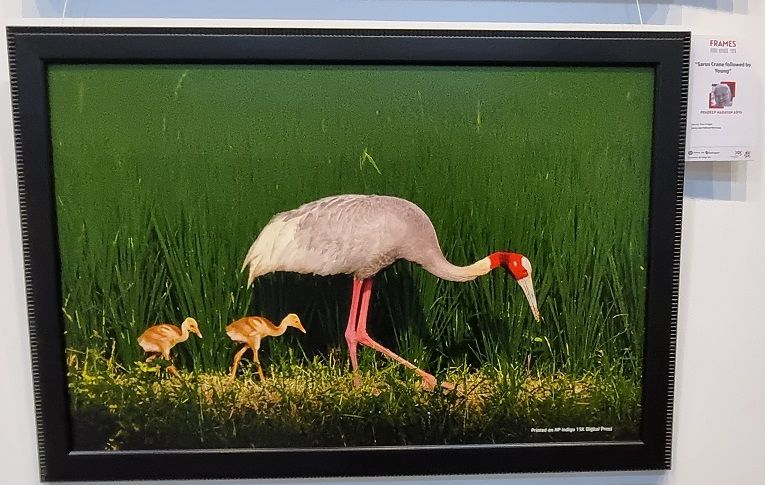
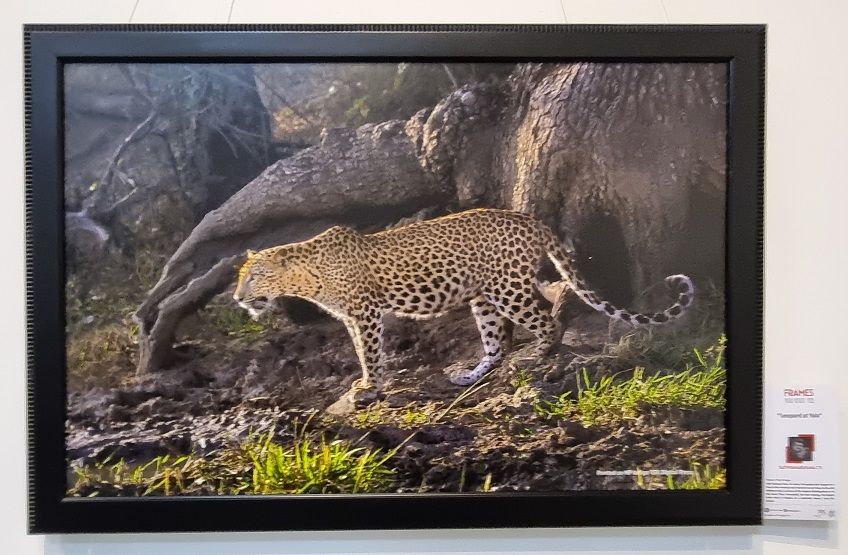
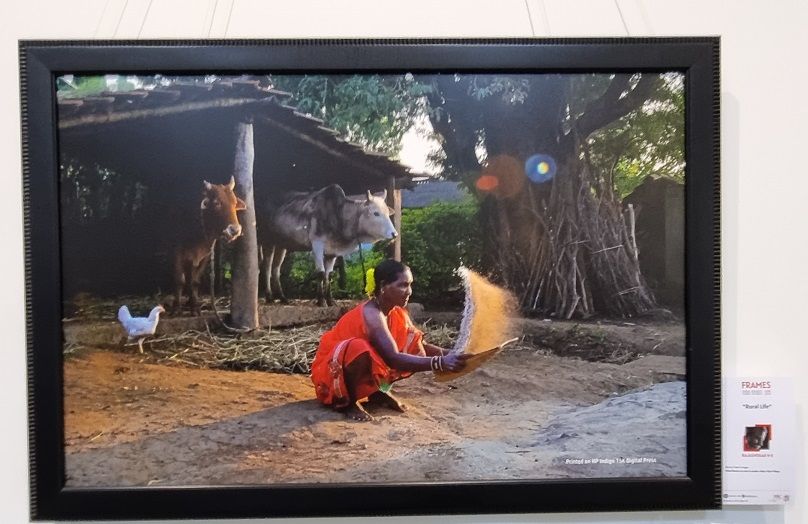
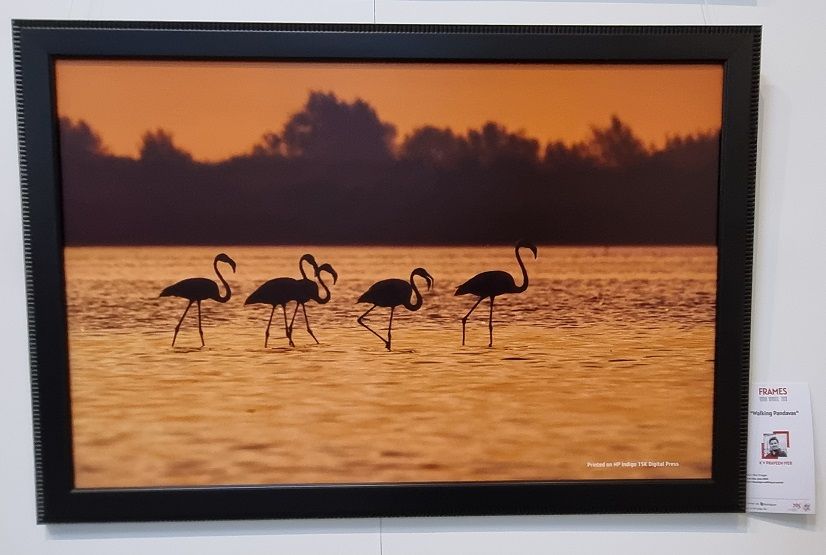
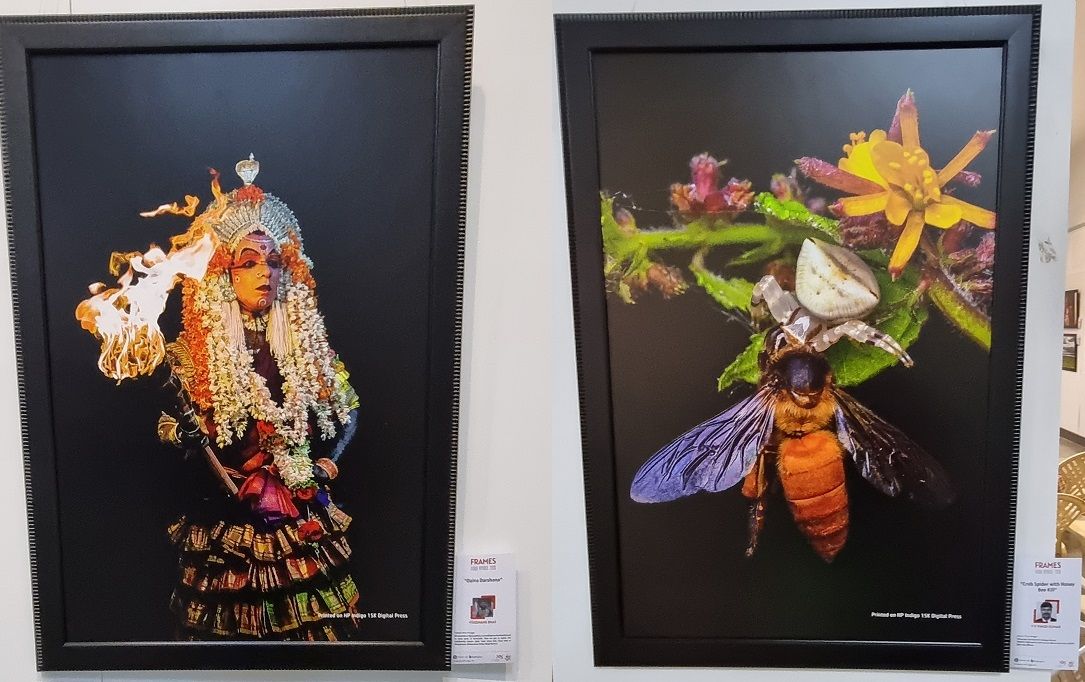
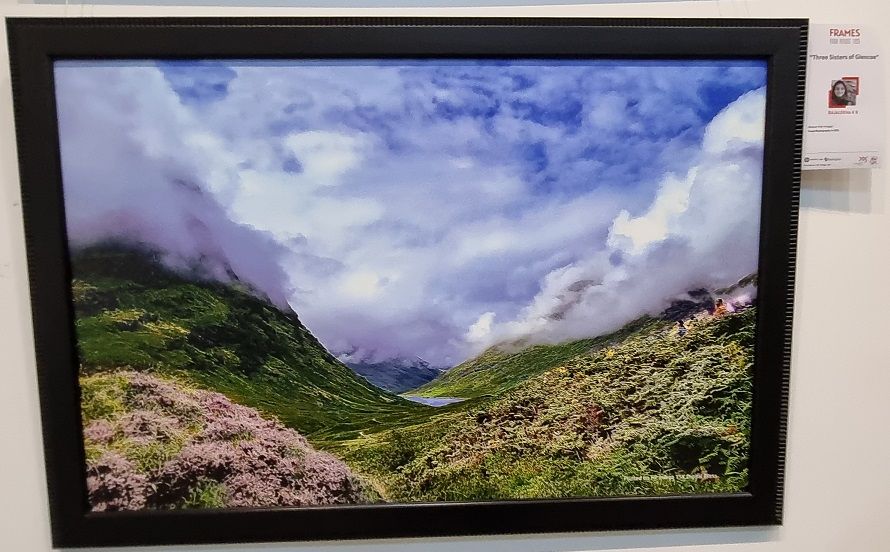
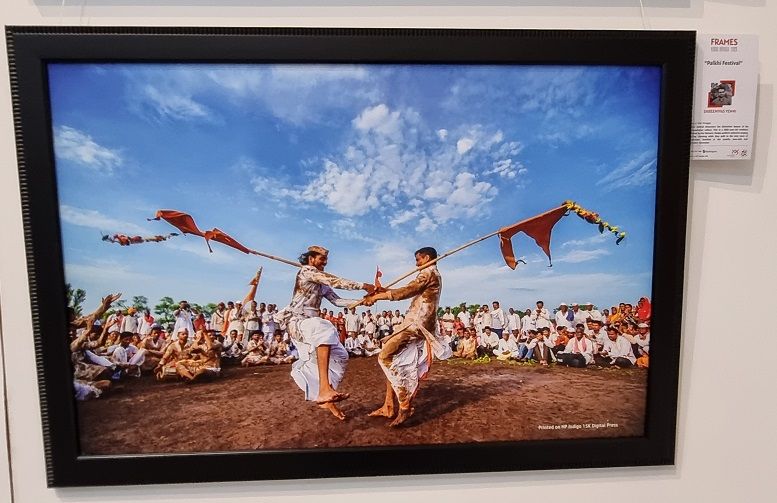
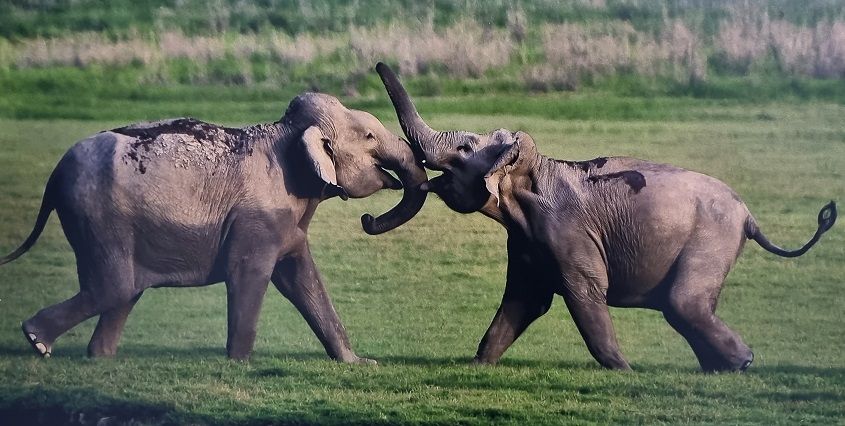
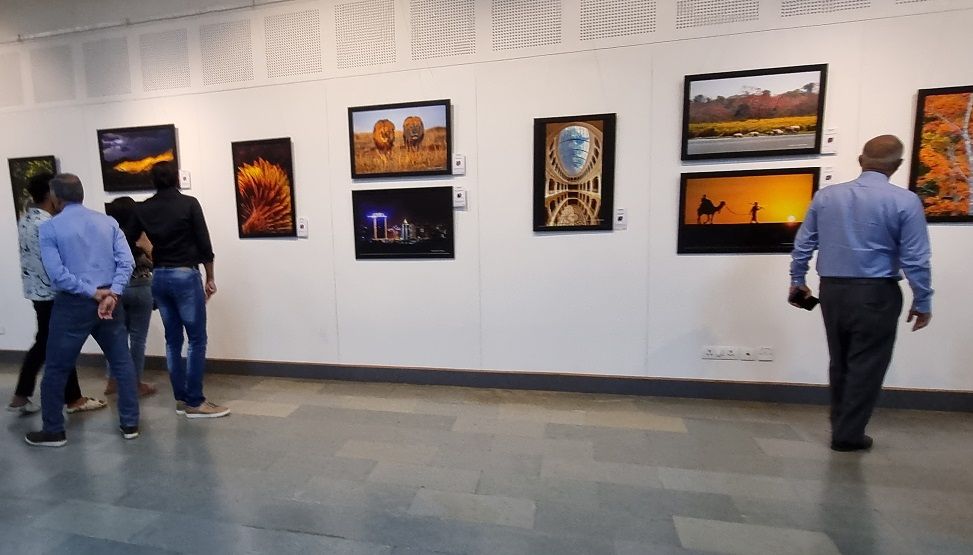
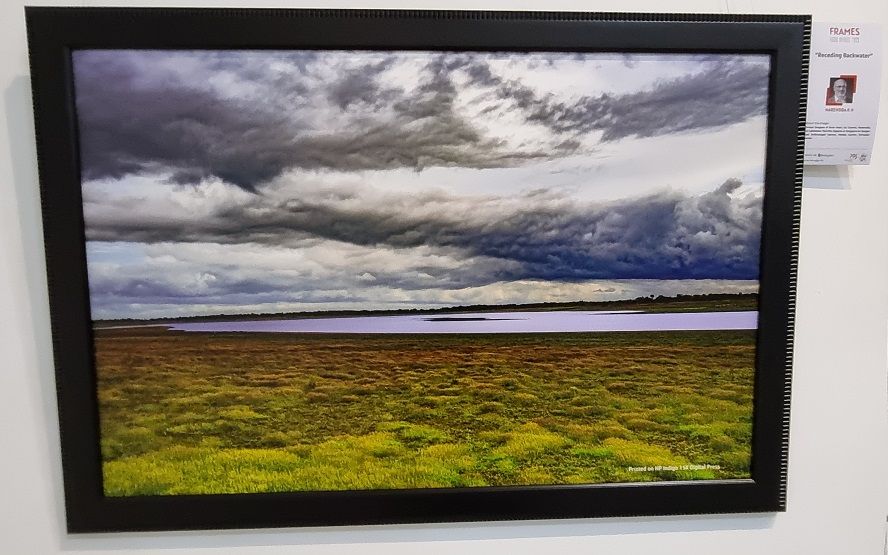
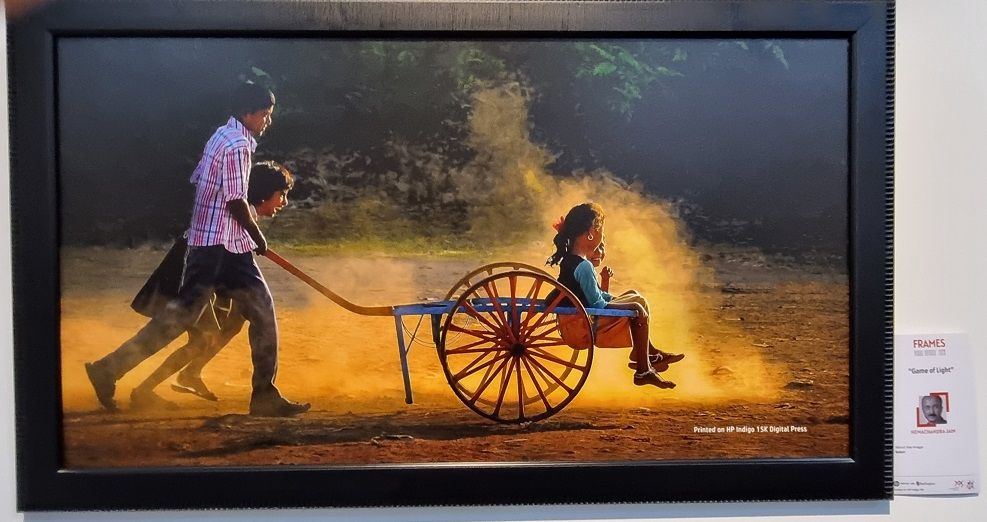
(All photographs taken by Madanmohan Rao on location at the exhibition.)
See also the YourStory pocketbook ‘Proverbs and Quotes for Entrepreneurs: A World of Inspiration for Startups,’ accessible as apps for Apple and Android devices.




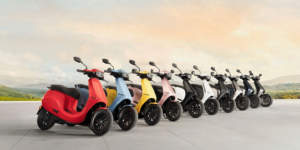



![Read more about the article [Funding alert] Edtech startup Knorish raises $1.1M in pre-Series A round](https://blog.digitalsevaa.com/wp-content/uploads/2021/07/Imagezph5-1627299849665-300x150.jpg)

